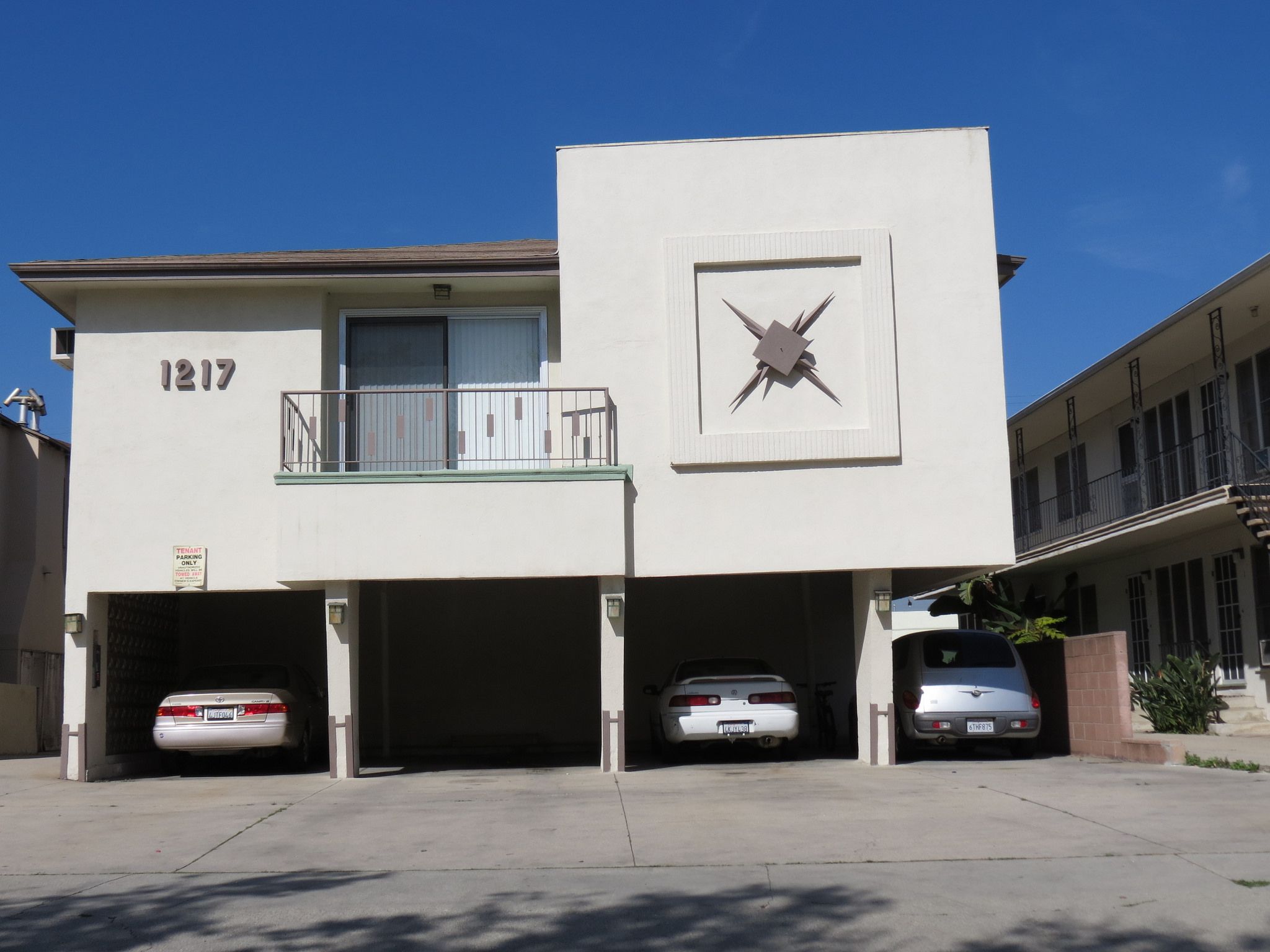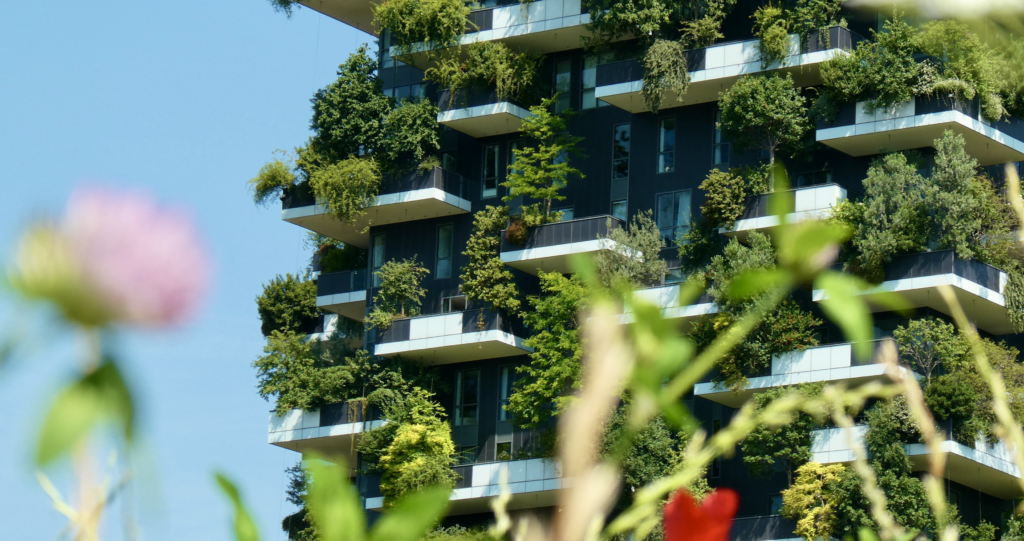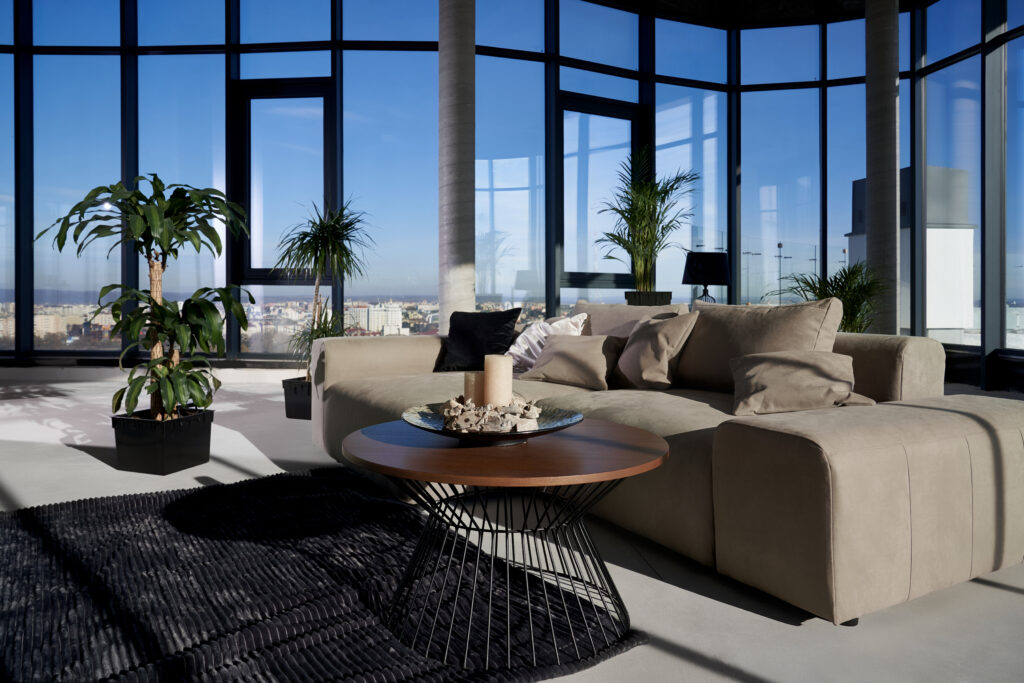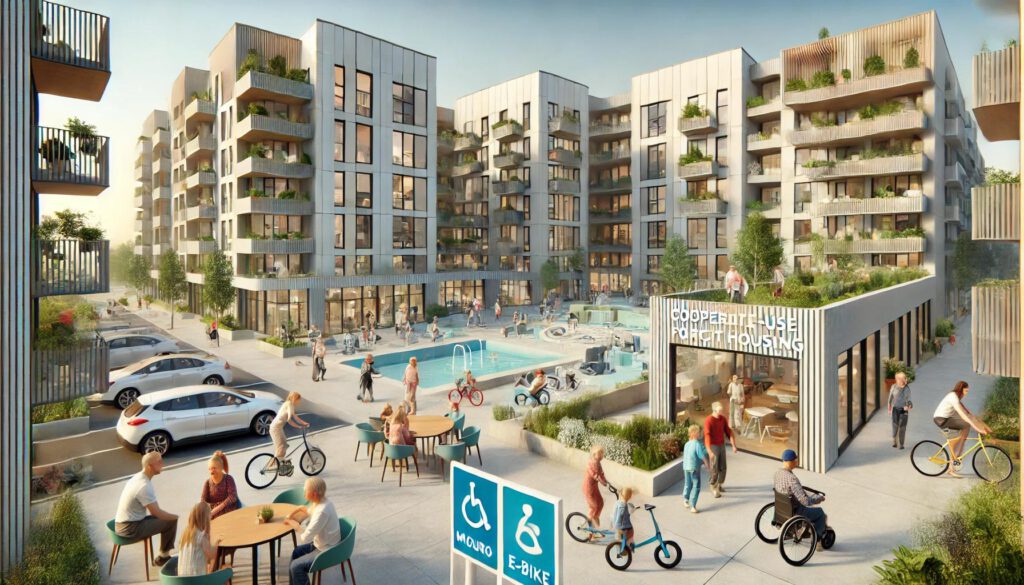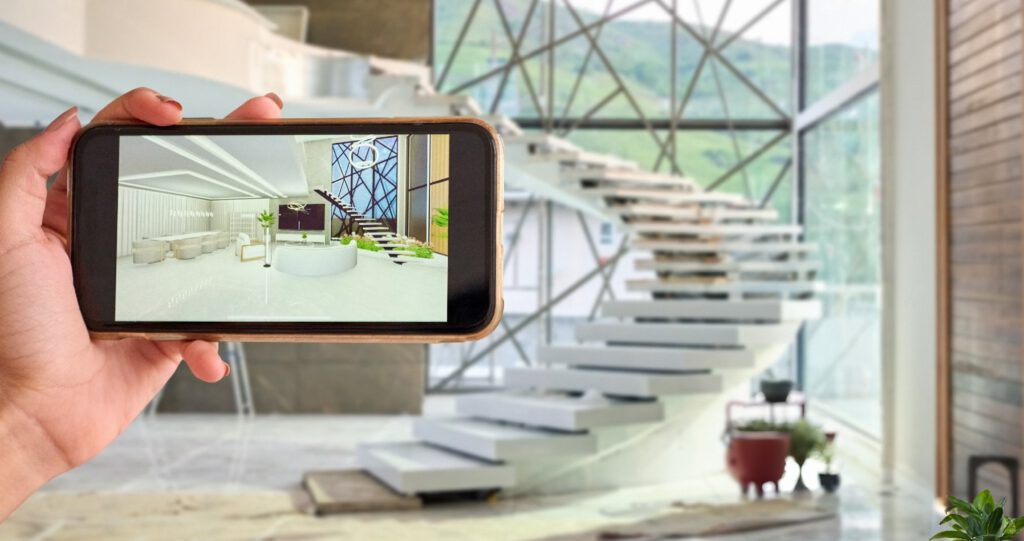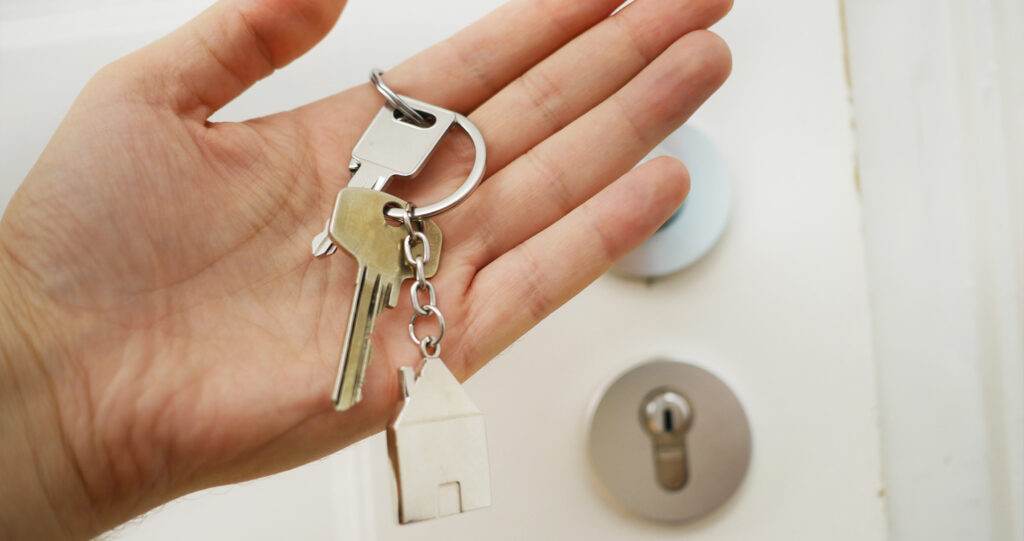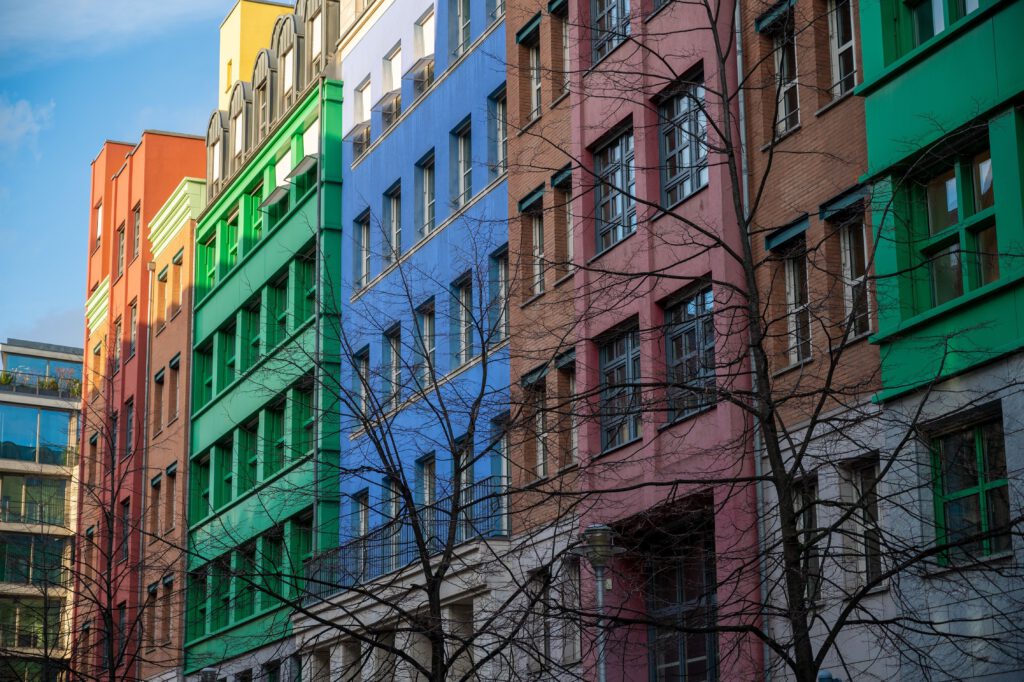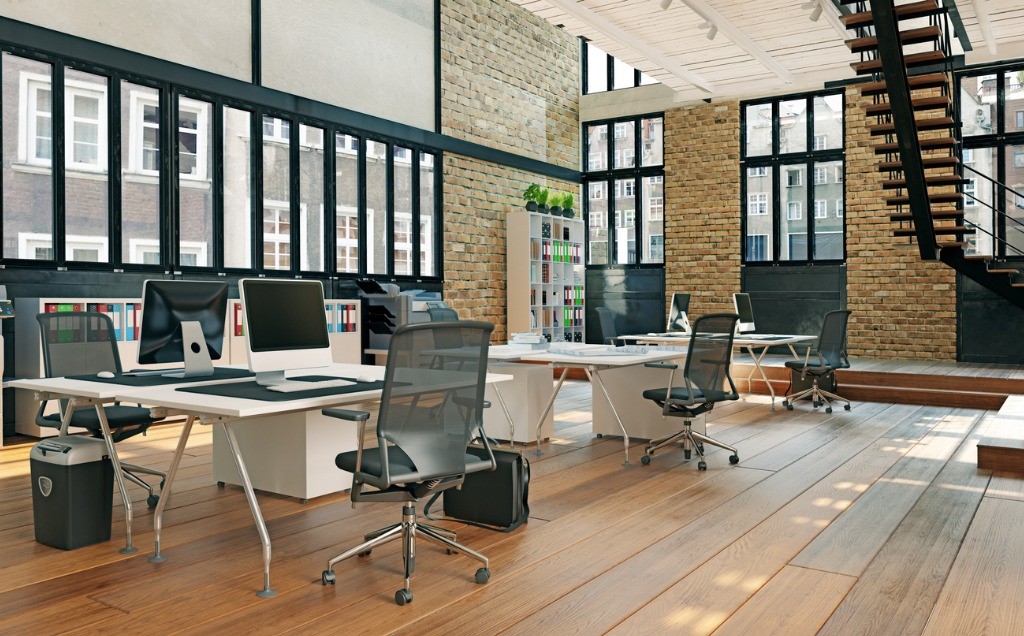Real estate marketing offers an abundance of original ways to market a property. In one of our earlier Expert Tips (https://valdivia-consulting.com/en/names-of-buildings-advertising-through-an-immaterial-foundation-stone/) we discussed proper names. In our current issue, we are taking this idea further: How can you, with little effort, turn even a plain building into a distinctive and original property with its own marketing effect?
The Original Dingbats – Offspring of Early Pop Culture
The answer comes from the Southwest of the US, where it reached a certain degree of fame in Los Angeles. In the 1950s and 1960s, the metropolitan city was growing rapidly. Residential blocks, shaped after the European model, however, did not really fit the US-American life style. So a type of house with very little need for space began to spread on countless small properties: the ’bungalow on a garage’. In order to add some individuality to these houses, they were given imaginative names, decorations, such as flashy façades, Spanish-style lighting, or a playful ornament.
These ornamental elements would give the type of house its name: dingbats – a term taken from printing jargon. Even if dingbats initially met with little appreciation from purist architects, they demonstrated one thing: It takes a lot of effort to turn a building into something special – into an object that creates its own brand.
One Idea – Many Options
Essentially, a name in typographically attractive design or a simple symbol will do. What counts is that all involved parties will take this branding element seriously and make consistent use of it:
- For marketing, it is perfectly obvious. Everybody will be happy to employ the brand as a name or term – from construction signs and the exposé to the app for tenants.
- Architects and interior designers are needed as well, though. A prominent place at the façade surely is the most important location. In addition, the brand symbol can also appear on doors or walls in the hallway, in elevators, and on the door opening system’s screen. Further suitable elements are lighting, floors, or handrails, which can also be designed to match the brand idea.
This way, there will be readily visible hooks, not only for marketing. Tenants will be given a reference point in their everyday lives as well. And even media coverage will be so much easier with a catchy proper name.
Architecture And Branding – No Opposites
The aim of such an implementation is very much the same as with the original dingbats. It is about breaking through uniformity with simple means, creating an anchor for identification. It should not go unmentioned that the brand will stretch beyond marketing: It will become an integral part of the architecture itself. A successful process will involve all parties – client, planner, and marketer – and these will pull together and develop a vision for sustainable use.



